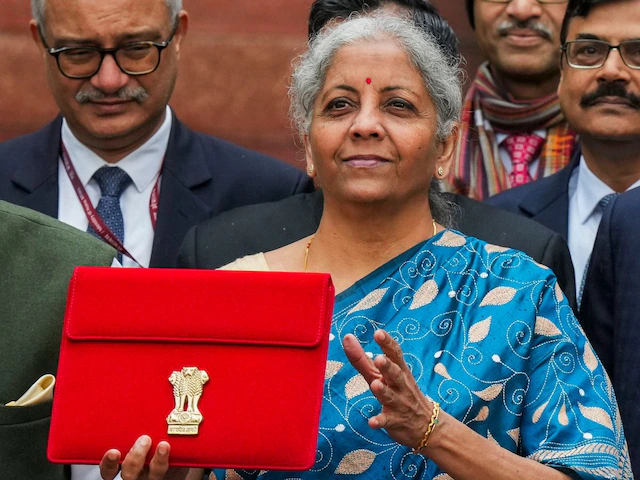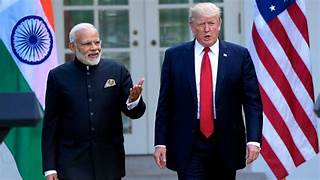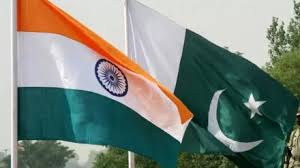Budget 2025: Expectations and the Roadmap to Viksit Bharat
Editor : Rishi | 31 January, 2025
Budget expectations from 2025

Source or Copyright Disclaimer
The first budget of the third term of the National Democratic Alliance (NDA) government, led by Prime Minister Narendra Modi, set the stage for Viksit Bharat, a visionary plan to transform India into a developed nation by 2047. As the government prepares to present Budget 2025, expectations are high for policies that will accelerate economic growth, enhance employment opportunities, and drive social development. With global uncertainties and domestic challenges in mind, the upcoming budget must strike a delicate balance between fiscal prudence and ambitious economic expansion.
One of the core pillars of Viksit Bharat is strengthening India’s manufacturing sector. The Production-Linked Incentive (PLI) schemes introduced in previous years have begun to yield results, but Budget 2025 must focus on expanding these incentives, particularly for small and medium enterprises (SMEs). The integration of artificial intelligence, automation, and advanced manufacturing technologies should also be encouraged through targeted subsidies and tax benefits. This will not only boost productivity but also enhance India’s competitiveness on the global stage.
Job creation remains a critical expectation from Budget 2025. While India has witnessed an improvement in employment rates, a significant push is needed to generate high-quality jobs, especially for its burgeoning youth population. The government should introduce additional tax incentives for employers hiring fresh graduates, upskilling programs in emerging industries, and increased investments in vocational training institutes. Furthermore, supporting the gig economy through regulatory reforms can provide stability to millions engaged in freelance and contractual work.
Infrastructure development is another key area where the budget must deliver. The success of initiatives such as Gati Shakti has demonstrated the positive impact of robust infrastructure on economic growth. Budget 2025 should allocate more funds to modernizing roadways, railways, and ports while also accelerating digital infrastructure projects, particularly in rural areas. Enhancing connectivity will not only improve ease of doing business but also ensure more inclusive economic development.
Social development remains a cornerstone of the Viksit Bharat mission, and Budget 2025 must continue to address disparities in healthcare, education, and social welfare. Increased budgetary allocations for public healthcare, particularly for primary and preventive care, can strengthen India’s health system and prepare it for future challenges. On the education front, expanding scholarships, enhancing digital learning platforms, and aligning curricula with industry needs can equip the workforce with future-ready skills. Additionally, the government must prioritize affordable housing and rural development initiatives to bridge the urban-rural divide.
In terms of taxation, rationalizing the Goods and Services Tax (GST) structure and providing relief to the middle class through revised tax slabs could spur consumption and boost demand. Meanwhile, attracting foreign direct investment (FDI) through policy clarity and easing bureaucratic hurdles will be crucial in sustaining India’s economic momentum.
As Budget 2025 is unveiled, it must catalyze realizing the vision of Viksit Bharat. By fostering an environment of growth, innovation, and inclusivity, the government can set India firmly on the path to becoming a developed nation by 2047. The challenge lies in crafting a budget that is both ambitious and pragmatic, ensuring sustainable progress for the nation and its citizens.




